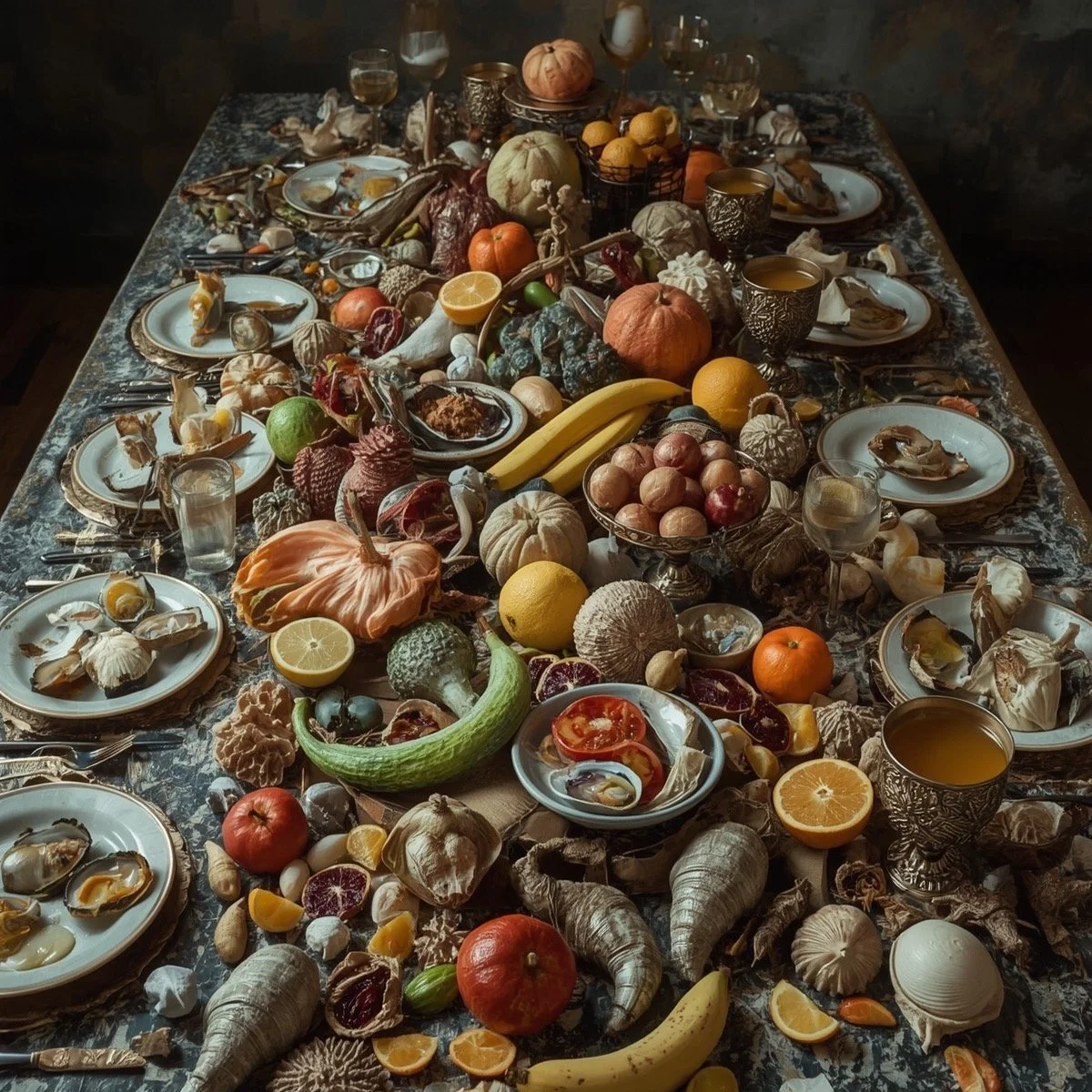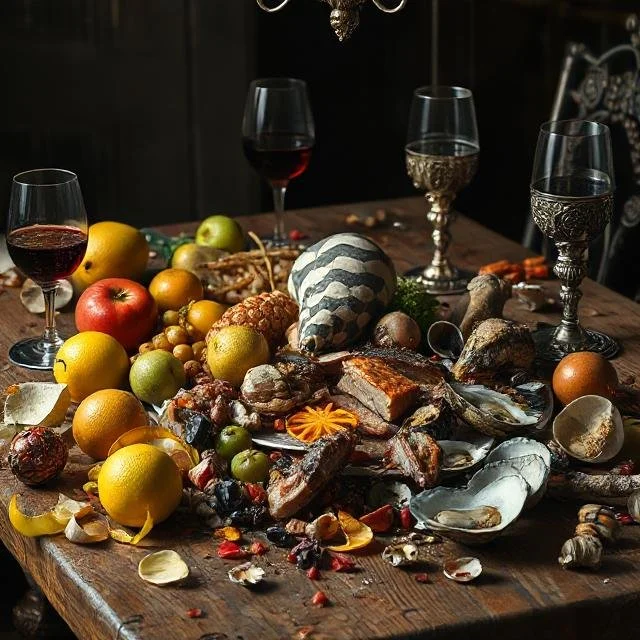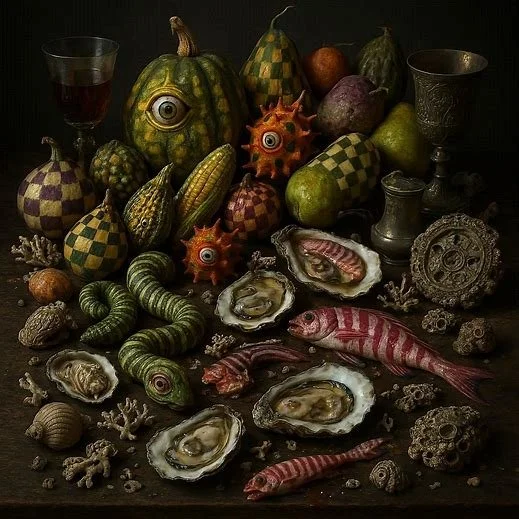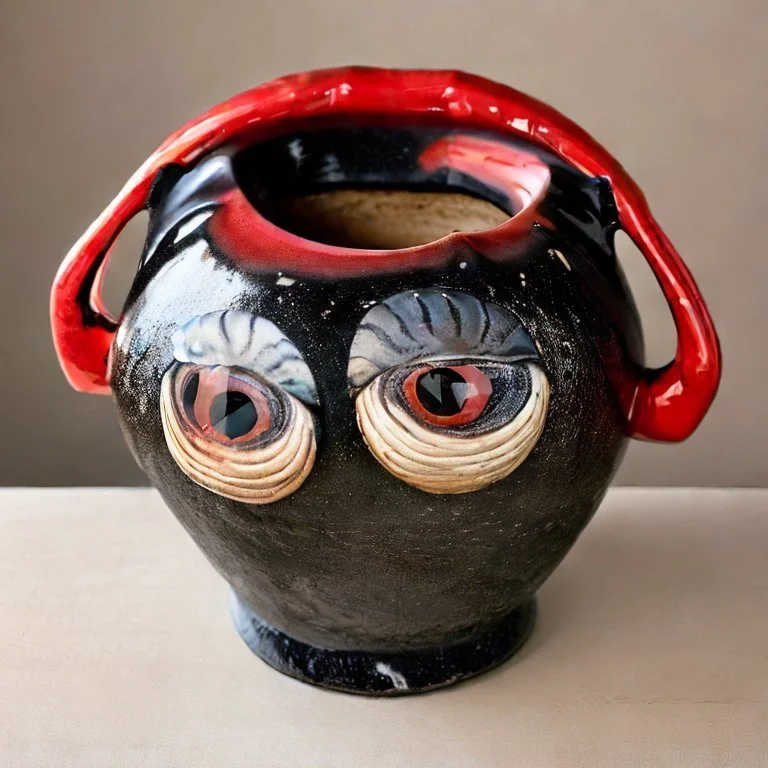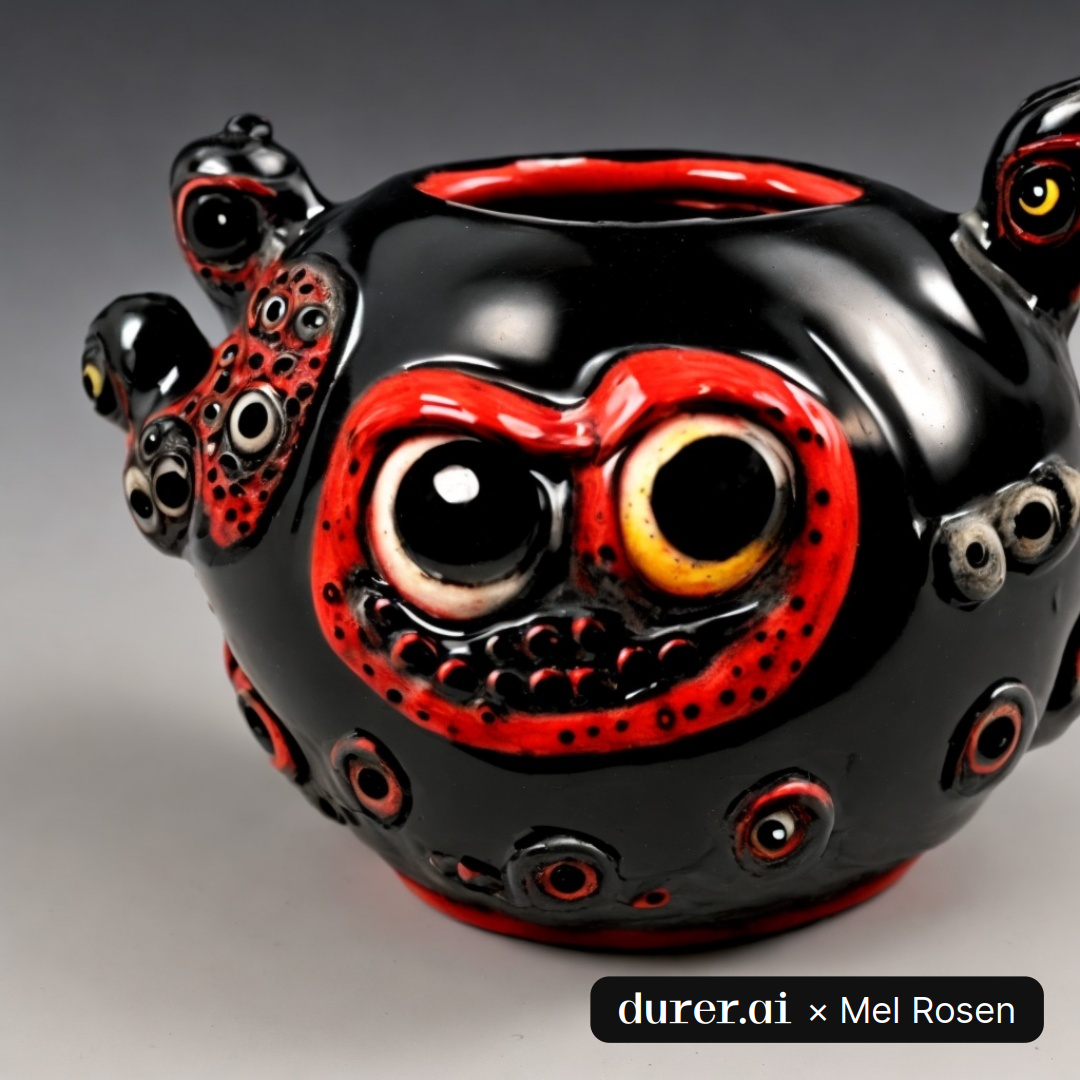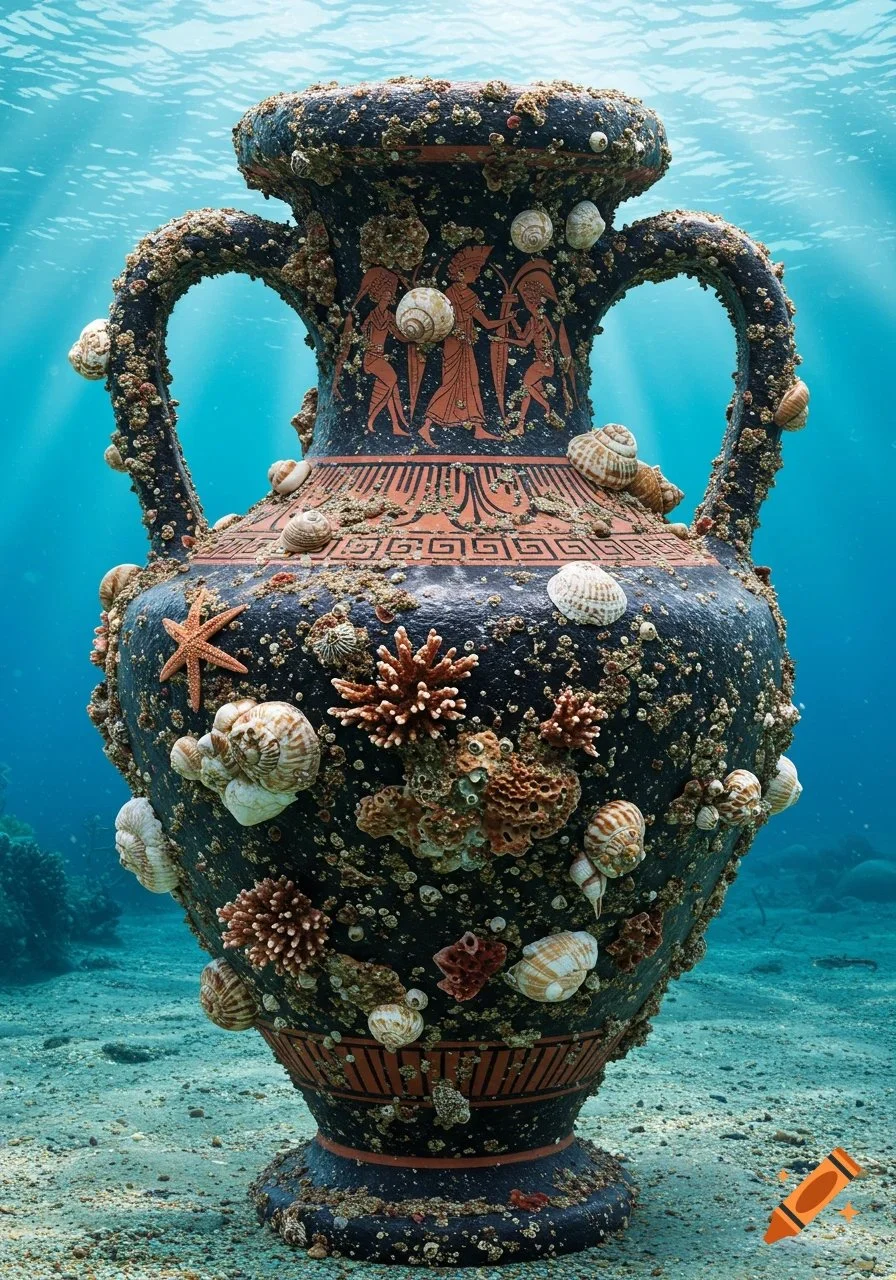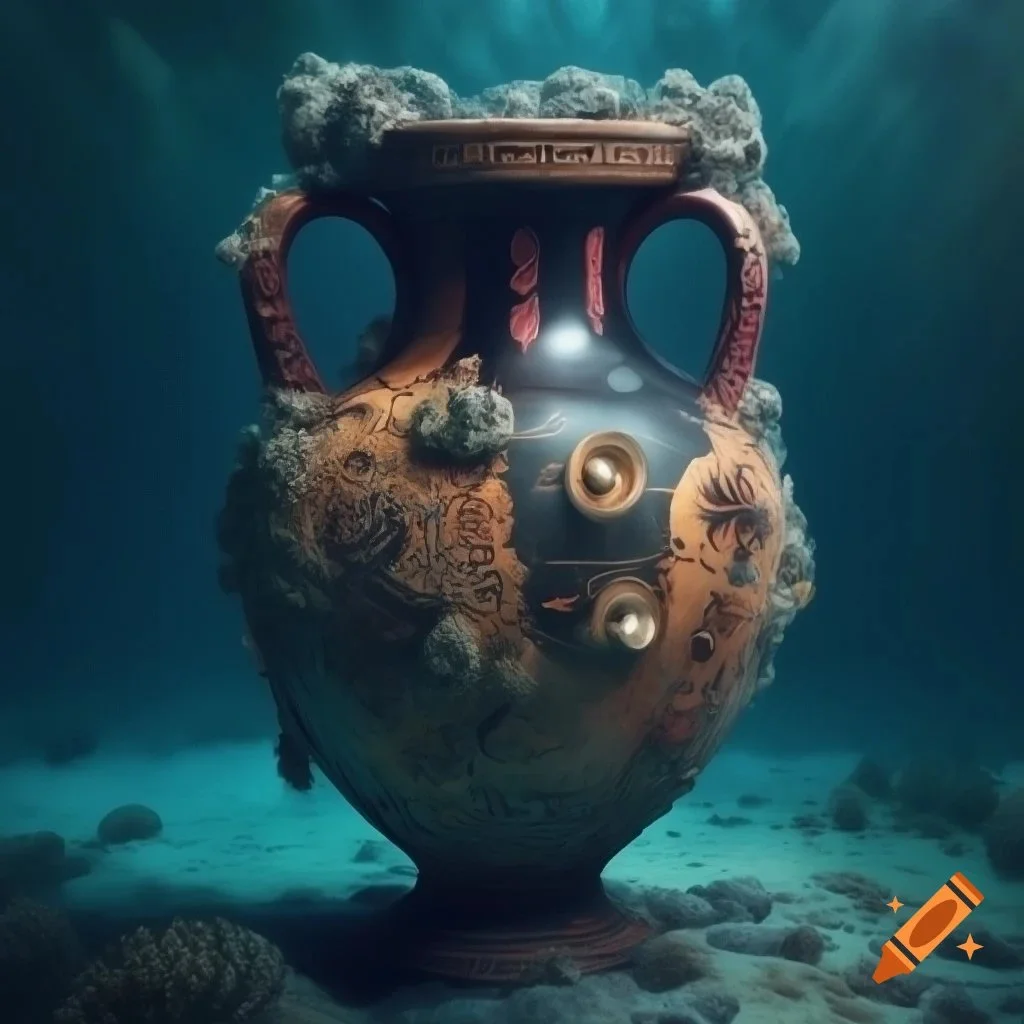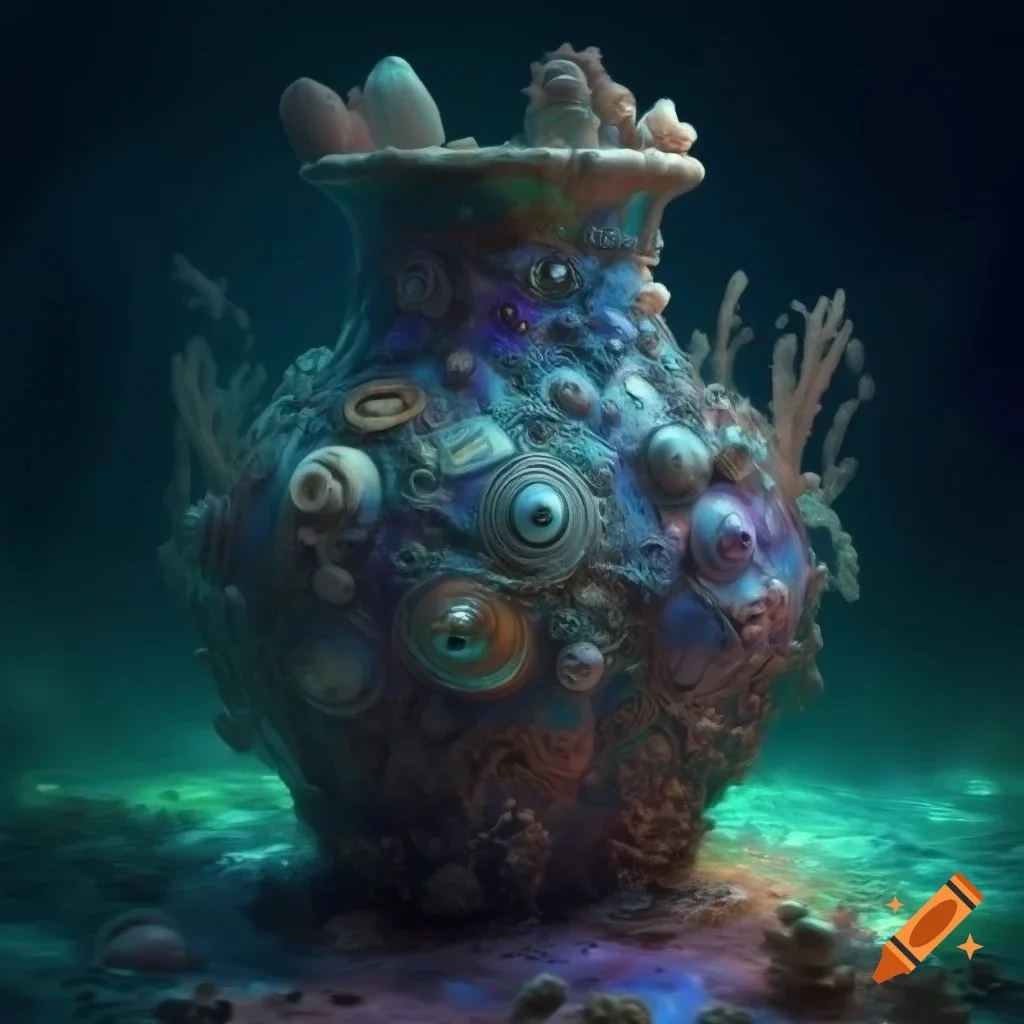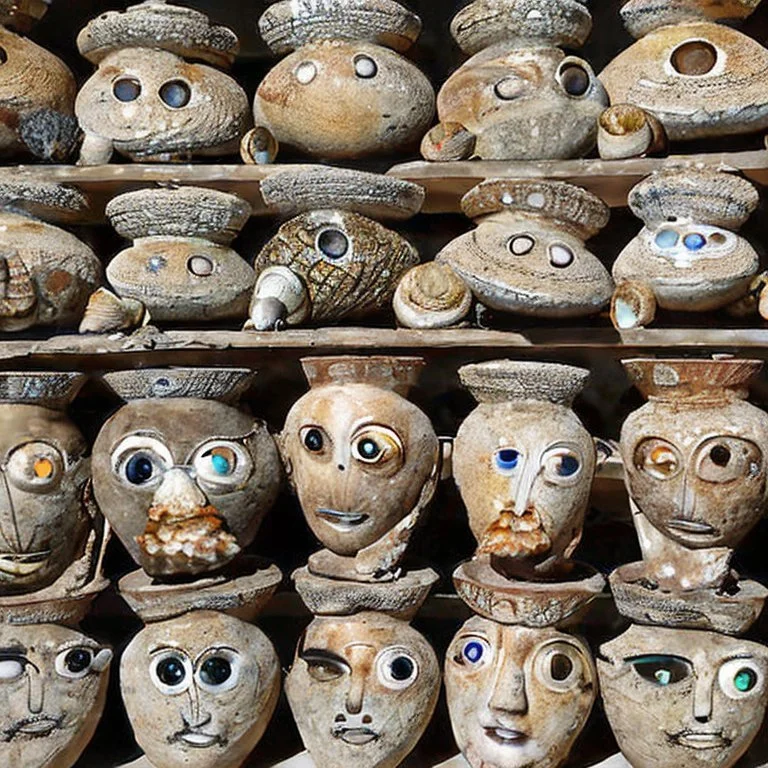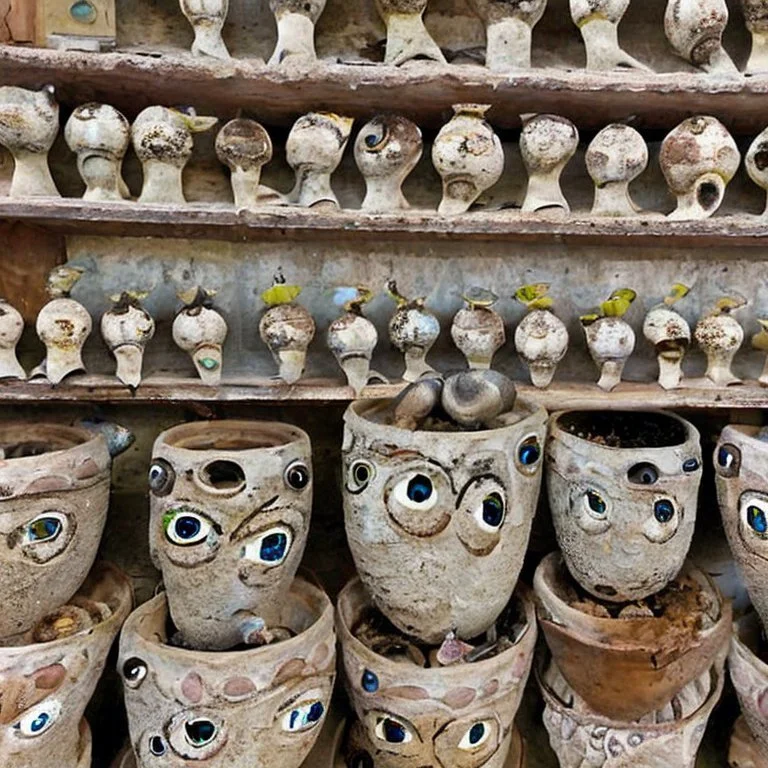It’s been a while since I started this AI image project, so I wanted to share why I’ve been working with it and how it’s shaped my practice.
At first, I was simply curious—wondering if AI could help bring some of my ideas to life. I quickly saw how useful it is for fast iteration and brainstorming, but also began to recognize it as something bigger: an inevitable reality and part of our shared cultural consciousness.
In my work, I don’t treat AI as a replacement for the hand, but as an extension of the visual language we all inherit and reshape. It’s a way of looking at technological imperfections and mutations—images that, once seen, can’t be unseen and inevitably seep into my evolving vocabulary.
I use AI critically, echoing its distortions to highlight how mutation plays out in both consciousness and material form. At the same time, I’m aware of its complications—questions of authorship, labor, and originality. Wherever I have choice, I never use images, styles, or prompts from other artists.
Though touched by AI and echoing digital distortion, my work ultimately insists on the presence of my own invention and hand. I still experiment with AI, though less than when I first began, as its deviations have started to smooth out, leaving less room for chance and mutation.



